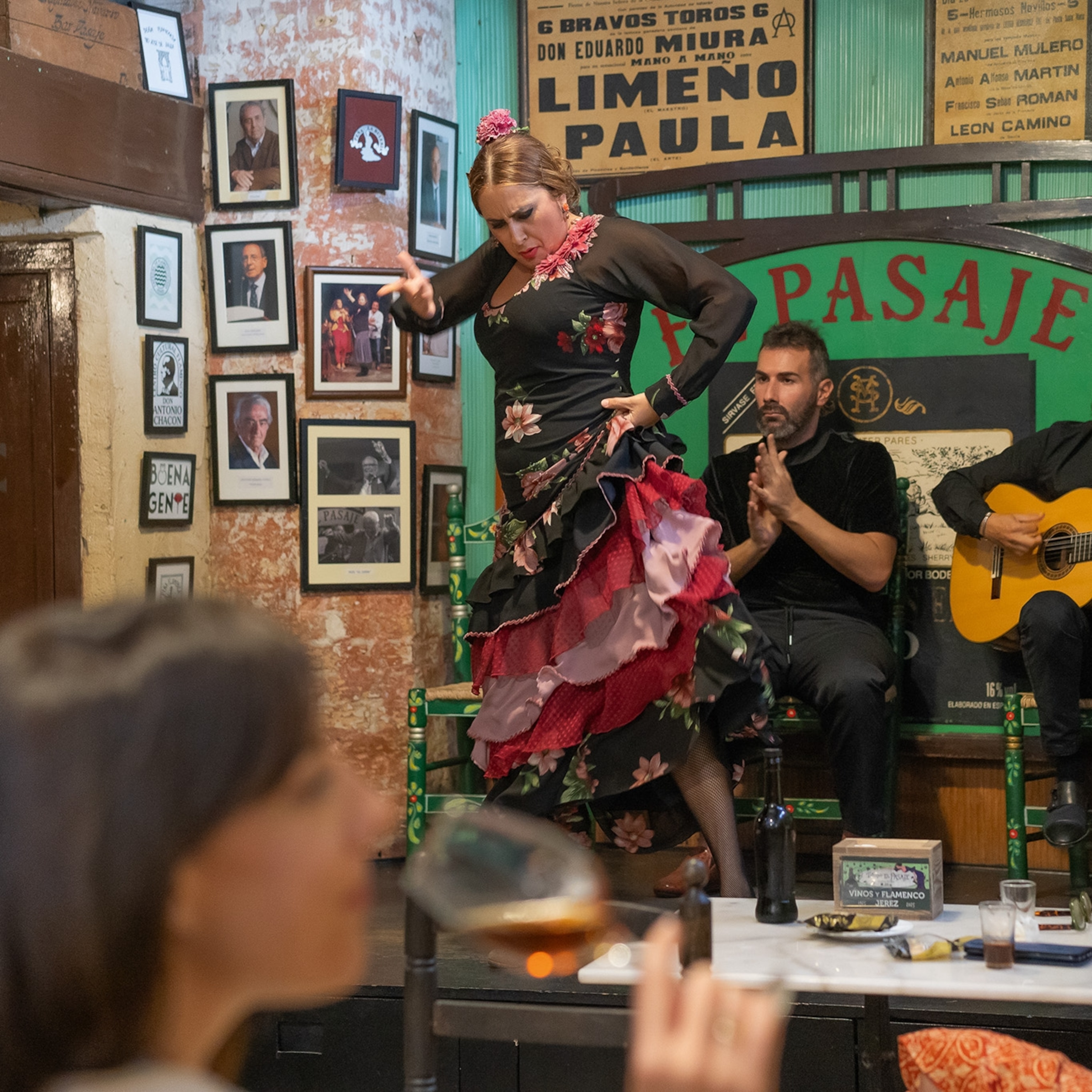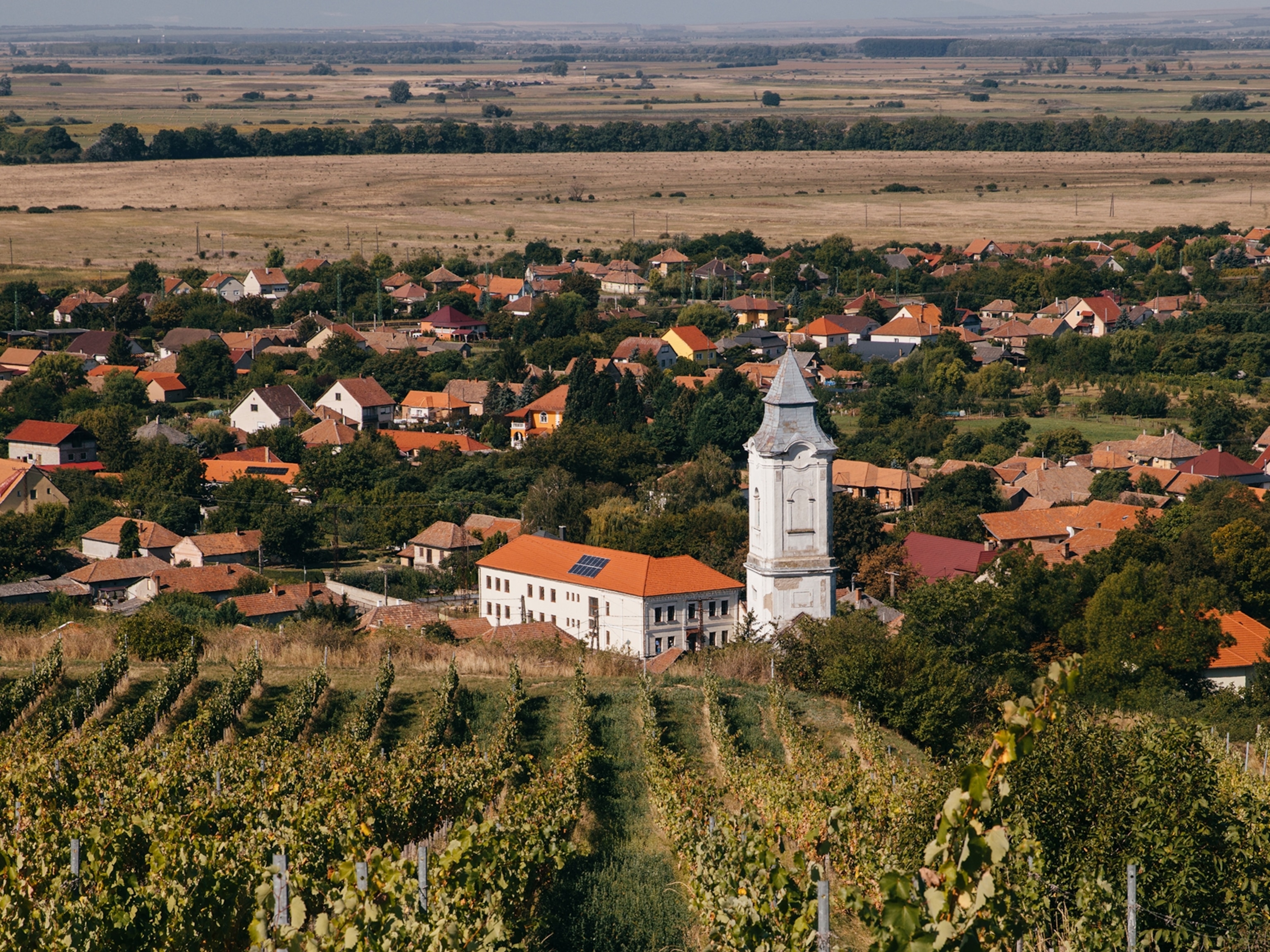
Three ways to discover the best of Gran Canaria
From rock pools to vineyards with sweeping ocean views, soak up the sun-drenched splendour of Gran Canaria on these three action-packed routes.
Away from its southern resorts, Gran Canaria unfolds in a swirl of diverse landscapes. Here, villages, vineyards and walking paths cling to volcanic calderas, watched over by rugged peaks. Meanwhile, black-pebble beaches and turquoise sea pools fringe the coast, set against banana groves and peaceful seaside towns. Whether you want to hike through hills, dig into the region's wine heritage or simply splash about in the ocean, you can savour Gran Canaria’s go-slow natural beauty and history on these three adventures.
1. Explore vineyards on the Wine Route
Unrivalled Canarian gastronomy, soul-stirring landscapes and centuries of local history collide on the Ruta del Vino de Gran Canaria, the Canary Islands’ first official Wine Route. Launched in 2021, the Ruta brings together 52 oenological businesses across the island, plunging travellers into a tantalising world of winemaking — a story that starts back in the 15th century with small-scale family plantations.
(Where to eat in Gran Canaria: five unmissable culinary experiences)
More than 20 grape varieties are grown across Gran Canaria’s varied landscapes, with about 50 sloping vineyards sitting between near sea level and 4,500ft, typically using mineral-rich picón soils where the harvest is still conducted by hand. Most grapes are ancient indigenous varieties, dating from long before phylloxera (microscopic insects with a particular penchant for grapevines) swept across mainland Europe in the 19th century, destroying vineyard after vineyard. The Canaries were spared this blight and, as a result, rare grapes such as Malvasía, Listán and Vijariego still thrive in the area. This unique conservation of threatened grapes played a key role in the establishment of Gran Canaria’s protected Denominación de Origen (DO) in 2006.
On the Ruta, wine lovers can dive into centuries-old bodegas, artisanal cheese factories, wine shops and specialised restaurants, or join an expert-led guided tour. Make sure you visit Gran Canaria’s winemaking hub, Santa Brígida, where several vineyards have thrown open their doors for tastings, visits and more. Up in the elevated centre of the island, swing by family-owned Bodegas Bentayga (known for its high-altitude wines), before settling in for a wine-pairing tapas menu at creative Texeda in the impossibly pretty mountain village of Tejeda, where there’s terrific hiking, too. Finally, don’t miss the chance to experience an earthy Gran Canarian bochinche, a traditional family-owned wine parlour offering fuss-free home-cooked meals.
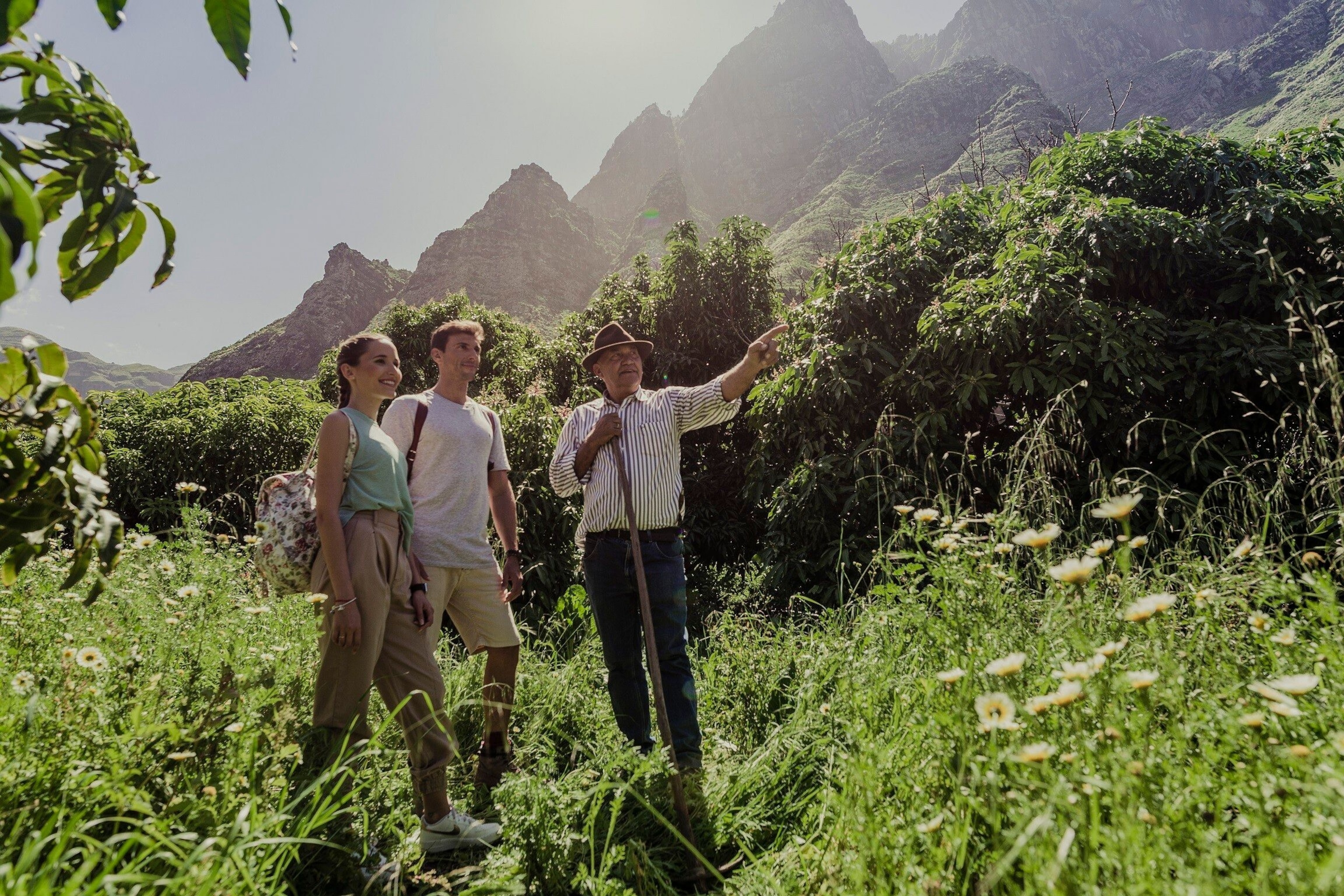
2. Hike the Camino de Santiago
Spain’s fabled Camino de Santiago (Way of St James) takes on a distinctive Canarian flavour among the volcanic rims, fragrant pine forests and terraced banana plantations of Gran Canaria. First used by nomadic herders, this challenging 40-mile Camino runs across the island’s mountainous heart, climbing to almost 5,500ft between Maspalomas’s lighthouse in the sun-washed south and Gáldar’s 15th-century Iglesia de Santiago de los Caballeros in Gran Canaria’s northwest.
The pilgrimage path doubles as one of Gran Canaria’s ancient caminos reales, a network of trails that were once the sole link between local towns. If you’re keen to tackle the full 40 miles, it’s best to split the walk over three to four days, with overnight stops in terracotta-tiled villages such as Fataga, San Bartolomé de Tirajana (known locally as Tunte) and Tejeda. An alternative route, adding an extra seven miles, heads through mountaintop Tejeda and past the imposing 260ft-tall Roque Nublo monolith. For hikers with only a day to spare, the Camino’s standout leg runs 10 miles from Tunte to Cruz de Tejeda, with views sweeping across the Roque Nublo and the 6,394ft Pico de las Nieves, Gran Canaria’s highest peak.
While the island’s pleasant climate means you can walk the Camino almost year-round (though we’d recommend avoiding August’s high temperatures and busy paths), spring is a delight, when flowers are in bloom and there are green-clad landscapes aplenty. There are no dedicated albergues (pilgrims’ hostels) here. Instead, villages along the trail offer tempting rustic accommodation. Pack for changing microclimates and note that official signage is limited.
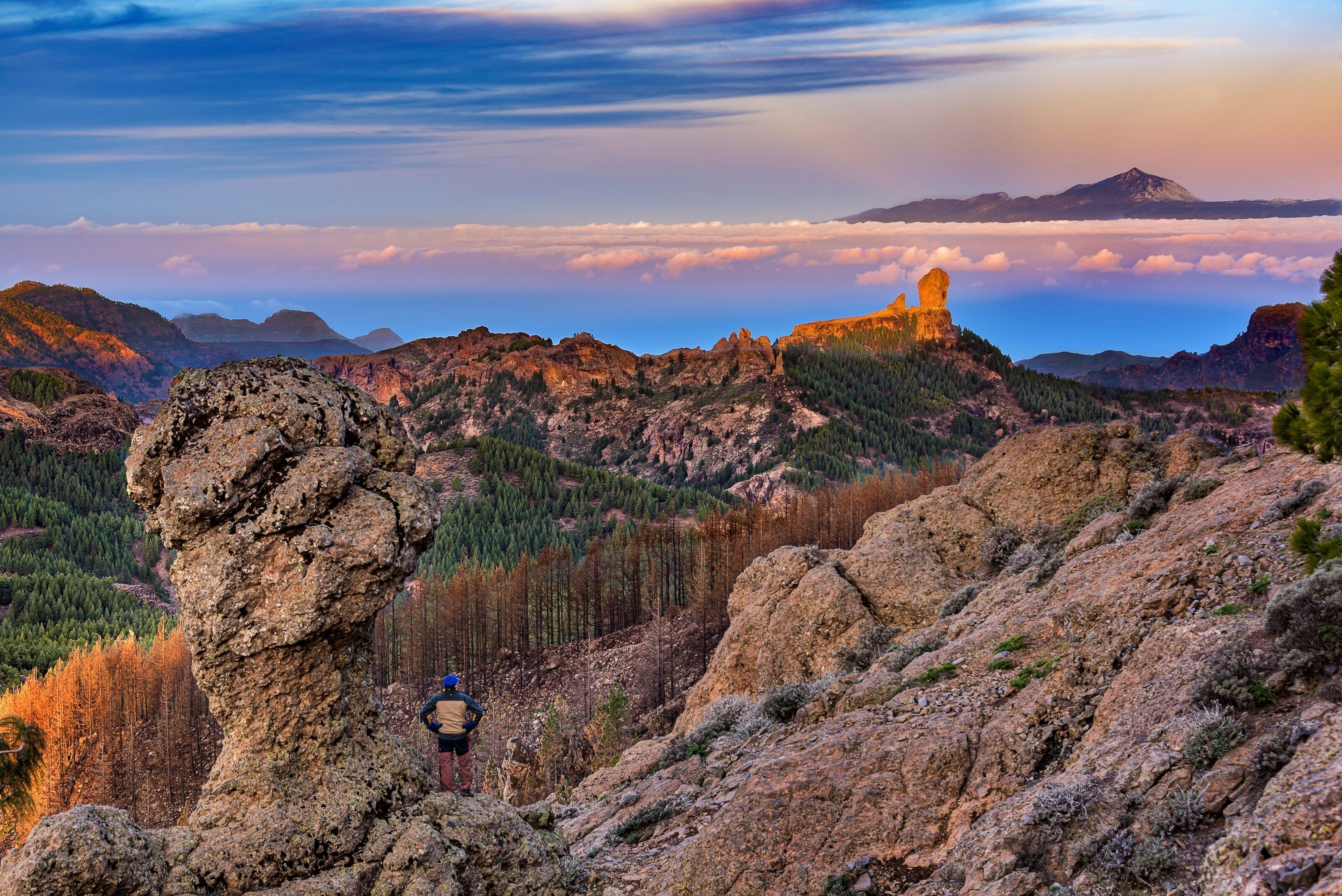
3. Follow the rock pool trail
Shimmering Atlantic sea pools are a Canary Islands speciality, as much a part of local life as papas arrugadas (wrinkled potatoes) and punchy volcanic wines. Tracking west from Las Palmas de Gran Canaria along a lushly green northern shoreline, this 25-mile itinerary shines a spotlight on eight irresistible natural rock pools, including family-friendly paddling spots — where you might spot rainbow-coloured starfish — and hidden-away corners backed by plunging ravines and orchards of tropical fruit.
From the start of the route in Las Palmas de Gran Canaria, it’s a seven-mile drive northwest to the first stop at Los Charcones, just outside the historical town of Arucas. Here, sun-soaked terraces and fresh-fish restaurants sit atop steps disappearing into royal-blue water, while rewarding walking trails weave out along the coast. The scenery grows more spectacular as you push on to El Altillo, where a rectangular saltwater pool is a much-loved swimming spot, and El Roque’s Charco de San Lorenzo, with its crystalline waters and views of whitewashed houses.
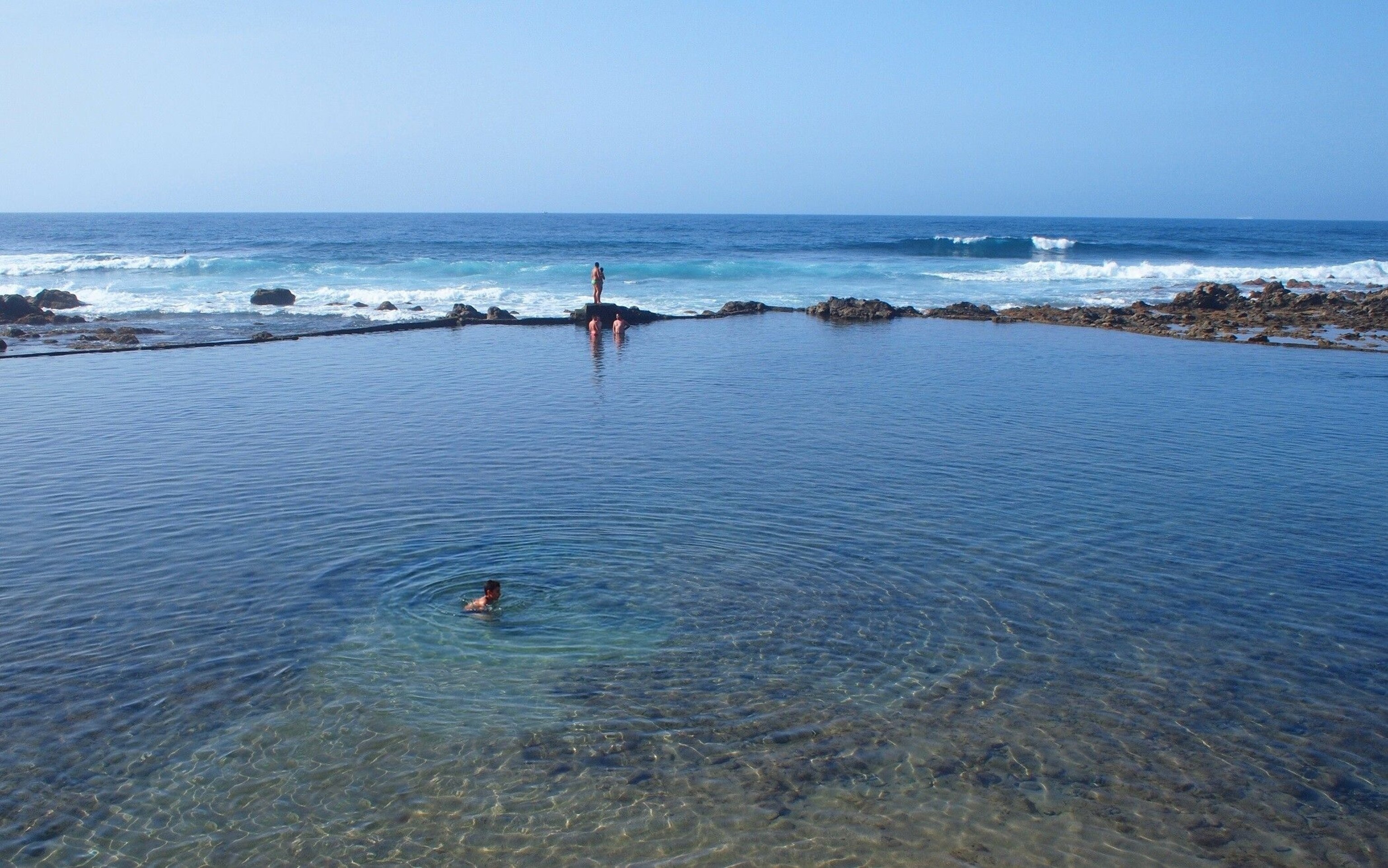
At the route’s next stop, just three miles north of Guía, emerald water ripples beneath rugged headlands at the secluded sea pool of Roque Prieto. Venture ever further and you’ll reach the volcanic sands that border El Agujero and Emiliano, a rustic duo of rock pools about four miles further west; and just beyond here you’ll reach the twinkling waters of Dos Roques. The latter all sit within easy reach of Gáldar’s awe-inspiring Cueva Pintada — home to remarkable pre-Hispanic cave paintings — while the surrounding coastline offers thrilling Atlantic-side hikes. Wrap up your oceanic adventure in Puerto de las Nieves, a small fishing port just outside Agaete, where the volcanic coastline cascades into three turquoise pools known as Las Salinas, overlooked by several wonderful seafood restaurants.
September and October offer perfect swimming weather without high-season crowds, though any month is ideal for a refreshing dip.
For more information, visit grancanaria.com
Follow National Geographic Traveller (UK) on social media

